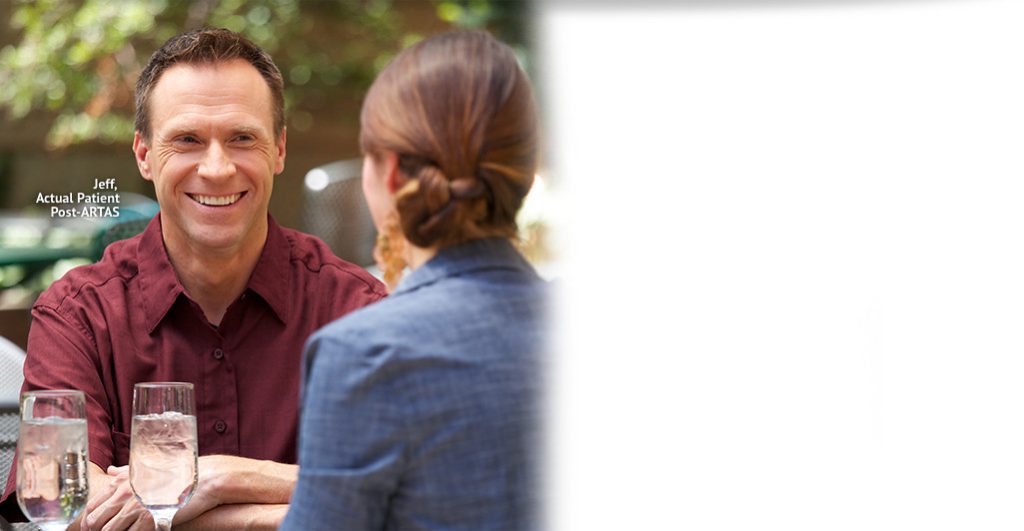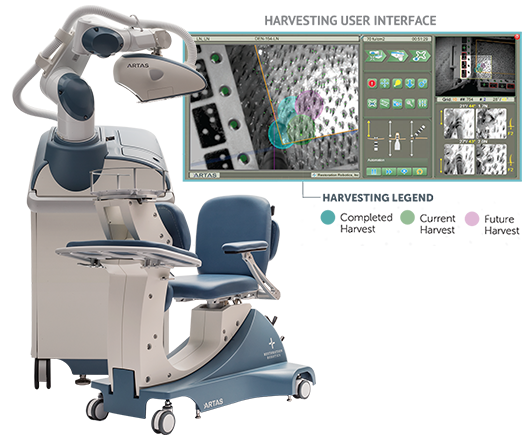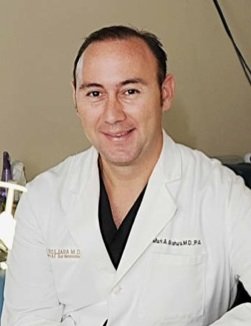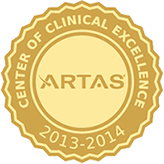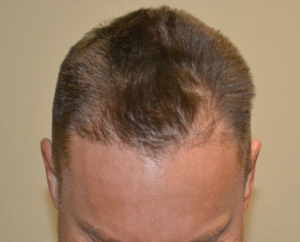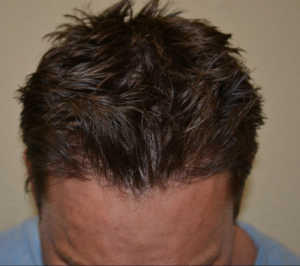Deciding to have a hair transplant procedure is an important, life-changing decision. Understanding the details of the ARTAS® Robotic Procedure will help you determine if it is right for you. You will need to know what to expect before, during and after the procedure, as well as when you can expect to see results.
The ARTAS Robotic Procedure was designed with you in mind. Developed with leading hair transplant physicians and researchers, this state-of-the-art technology was created to eliminate the guesswork and fatigue associated with manual handheld methods, along with the scarring, complications and downtime of existing invasive surgical techniques. Unlike older transplant methods, no stitches are required, rendering your procedure nearly undetectable. You can now expect natural-looking results without the side effects and recovery times resulting from older techniques. Overcome the negative stigma associated with traditional hair transplants and reap the benefits of this revolutionary, physician-controlled technology.
During the initial stage, hair is selectively harvested with robotic precision providing consistent graft dissection. Advanced robotics provide speed and harvesting accuracy unavailable with manual handheld techniques.
The ARTAS System uses Recipient Site Making to implement your treatment design which is carefully created with the ARTAS Hair Studio Technology. Using the process of robotic Recipient Site Making, the ARTAS System protects your existing, healthy hair. Survival and growth rates of the transplanted hair depends entirely on the meticulous creation of these robotic recipient sites.
How Will You Look?
The ARTAS Hair Studio® Technology is a 3D photograph based simulation of your potential procedure results. During your consultation, your clinician will work to design your personalized cosmetic hair pattern and illustrate different options, showing you various graft counts and hair distribution, with your direct input. The same ARTAS Hair Studio Technology is used to create your robotic Recipient Site Making treatment design which is then transferred to the ARTAS Robotic System for implementation.
Day of the Procedure
Most ARTAS Robotic Procedures start in the morning and end in the afternoon. Wear comfortable clothes and bring a loose-fitting hat to wear home after your procedure.
During the Procedure
During the ARTAS Robotic Procedure, you will be seated and the physician and clinical team will do everything they can to ensure your comfort. A local anesthetic will be used while you remain awake and alert during the procedure. Most patients describe their experience as virtually pain-free.
The physician-assisted ARTAS® Robotic System will use advanced algorithms to select the best hairs for harvesting, while preserving the natural look of your donor area. Your aesthetic design from ARTAS Hair Studio is delivered to the robot for Recipient Site Making. Your hair is then transplanted into thinning areas.
There will be time for breaks during the procedure, so you should expect to have a pleasant experience throughout the process.
After the Procedure
You will be able to return home immediately after the procedure. Your clinician will instruct you on how to care for your newly transplanted hair. Most people will sleep comfortably without pain immediately post-procedure and will return to their regular activities in a few days.
Your New Hair Growth
Follow your clinician’s instructions on how to shampoo and care for your hair. Your newly transplanted hair, like the rest of your hair, grows steadily over time. After a few months, you will begin to see new hair growth. Around six months, you will start to notice significant growth. Your hair will continue to grow in the treated areas over time. You will be able to take care of your newly transplanted, permanent hair as you normally would.
[calltoaction]To learn more about our Robotic Hair Transplant Services, please contact us (817) 473-2120 or email [email protected] to schedule an appointment.[/calltoaction]

